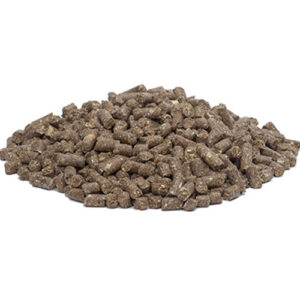Dairy Advice - Autumn
Extending Lactation
FACT: A modern dairy cow is readily capable of achieving a lactation period of 305 days.
FACT: According to NZ Dairy statistics, our average lactation period comes in at 273 days.
Since our national average falls well short of the benchmark, this might be a good time to discuss relevant issues and options. Is it worth trying to boost the days in milk by nearly 12%, or is it just a waste of effort?
Ask Animal Nutrition Specialist, Paul Sharp, and he’ll tell you that fundamentally it’s a straightforward equation. The underlying principle is that “a milking cow pays her way while a dry cow still incurs feed costs.” So, the 8 – 10 kg DM/day that you’re feeding a dry cow essentially represents a grazing expenditure that isn’t offset by a corresponding income.
However, an additional 4 – 5 kg DM/day will keep the same cow in milk for another 32 days* producing some 1.2 kg MS/day. Importantly, the income more than covers the cost of feed at current payouts.
Paul also cites practicalities that support more days in milk. “Dry cows don’t always receive the same level of attention and can easily lose further body condition which has an impact on the following lactation,” he explains. It simply makes economic sense to extend milking, maintain cow condition scores, and then dry the cows off in a condition desirable for calving. “Putting on weight during the last two months of pregnancy is really challenging, because the cow’s rumen capacity is severely reduced,” says Paul.
There’s also the little known fact that lactating cows are, in fact, physiologically advantaged and more efficient at utilising nutrients from feed compared to their dry herd mates.
Paul acknowledges that the cost-effectiveness of a late-lactating cow comes down to a well-designed diet. Providing feed with the right nutrients is crucial during that time. “Continuing to milk into late lactation with insufficient energy content in the diet is a recipe for cows losing weight. It leads to problems for the following season,” he says. “What they need is energy-dense feed that takes up less space in the rumen. It helps maintain lactation while also improving condition score through to drying off.”
Farm economics obviously demand a cost-effective solution, which is where SealesWinslow’s Home Run comes in. It provides optimal nutrition with processed starch in pellet form, is designed with efficiency in mind and makes more energy available for milk production.
Of course, in the final analysis, pasture remains the cheapest feed; optimising pasture intakes is the first priority. What’s more, due to increased nutrient concentration during autumn, it will provide excellent protein and energy levels at this time provided growth rates are sufficient to meet feed requirements. However, to maximise milk production it’s wise to undertake herbage testing. This allows you to determine the precise level of nutrients your animals are getting and to formulate a balanced diet.
Food for thought?
Contact your SealesWinslow rep to discuss your specific requirements and find out how we can help you achieve a healthier bottom line with more days in milk.
* Based on national average – New Zealand Dairy Statistics 2014/15


